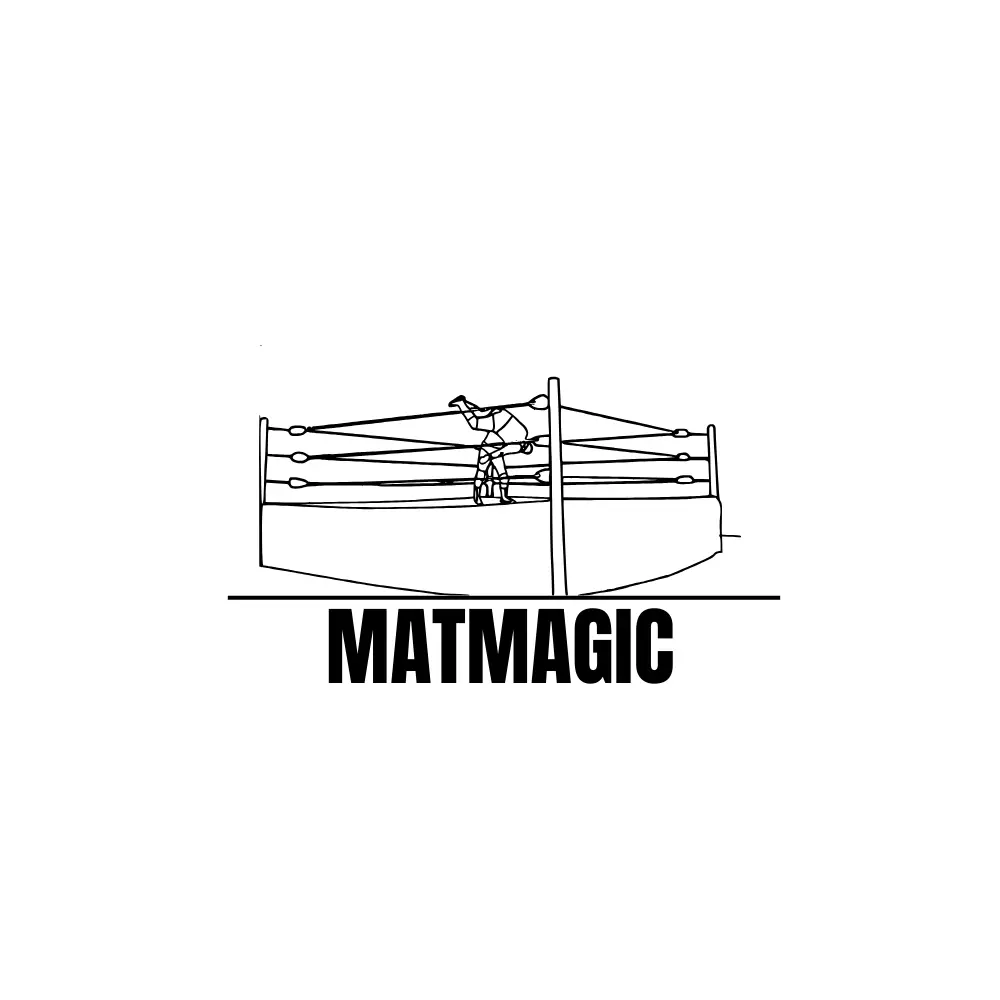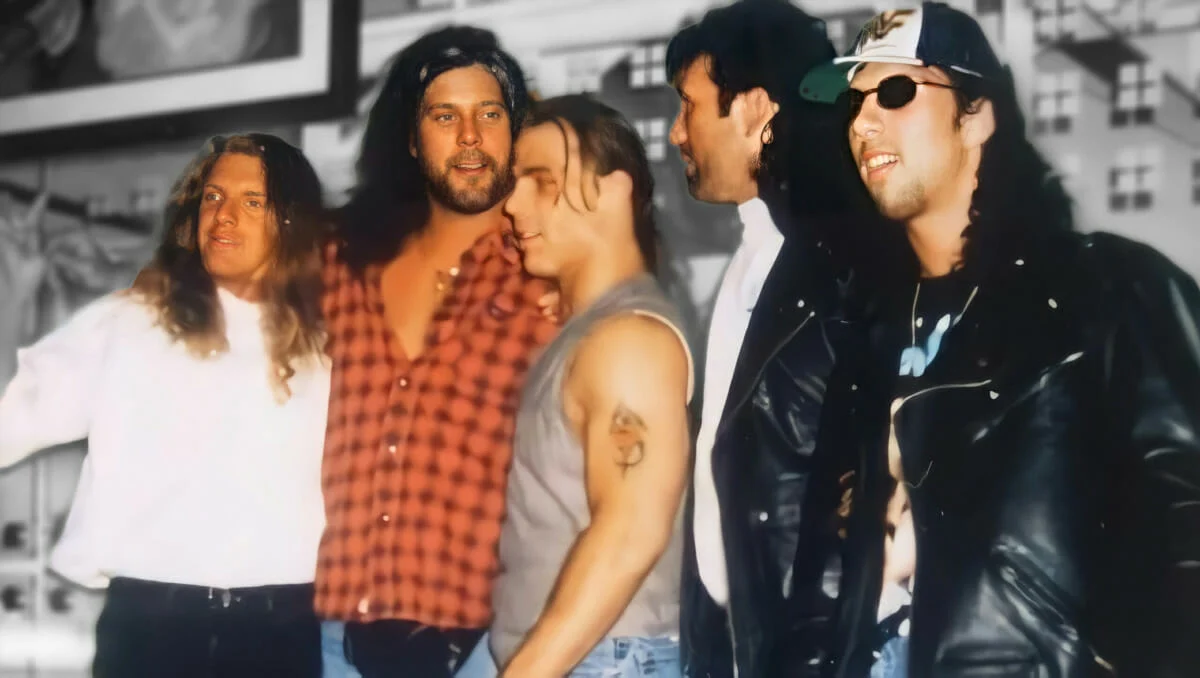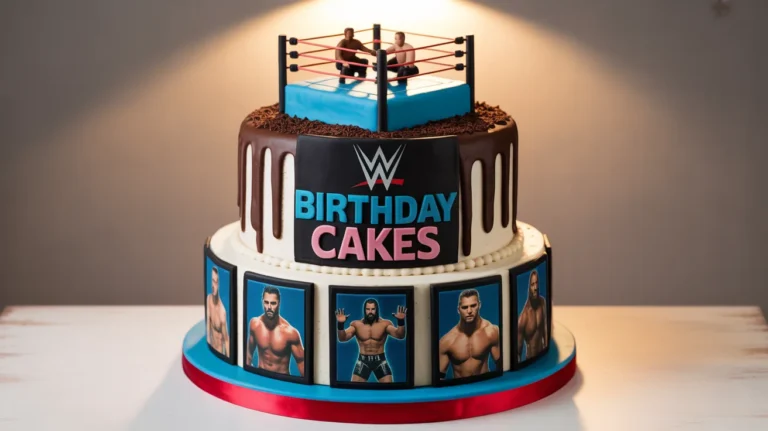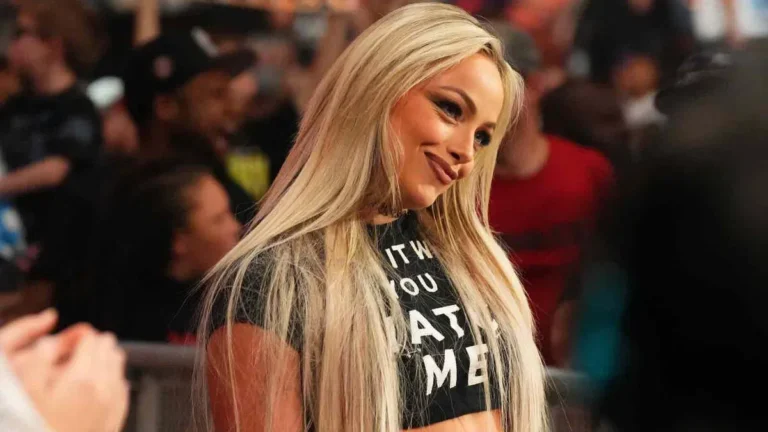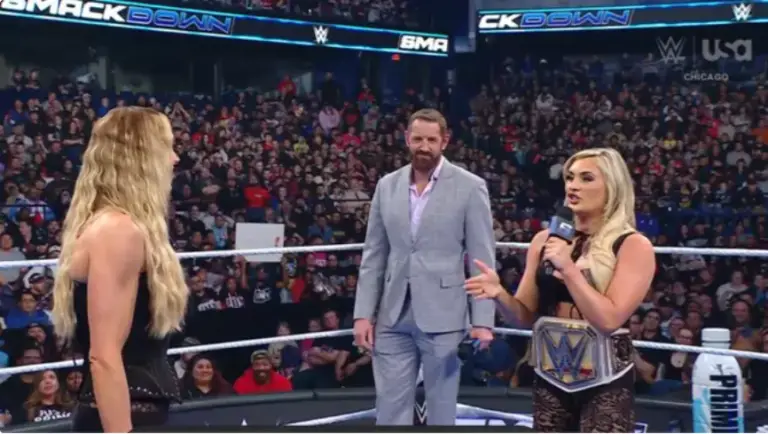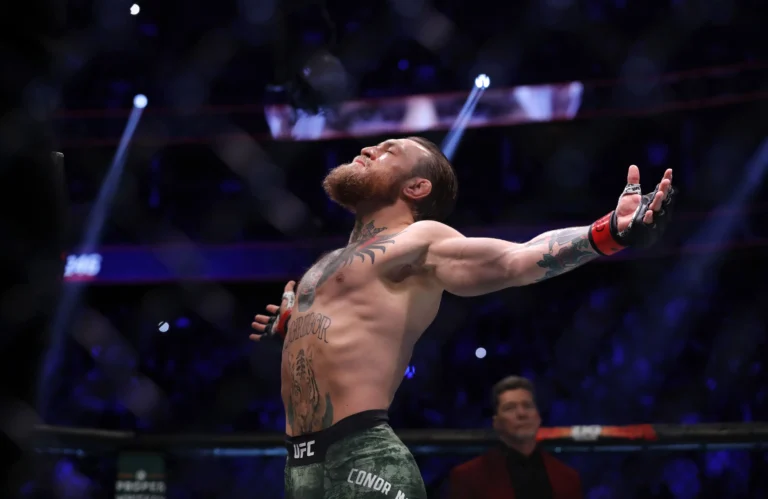Ever wondered why some WWE matches aired the way they did? Me too.
Here are some of the most controversial WWE matches that caught the world by storm.
The Matches That Broke Every Rule: A Deep Dive into Wrestling’s Most Shocking Moments
1. The Montreal Screwjob: The Ultimate Betrayal That Rewrote Wrestling History
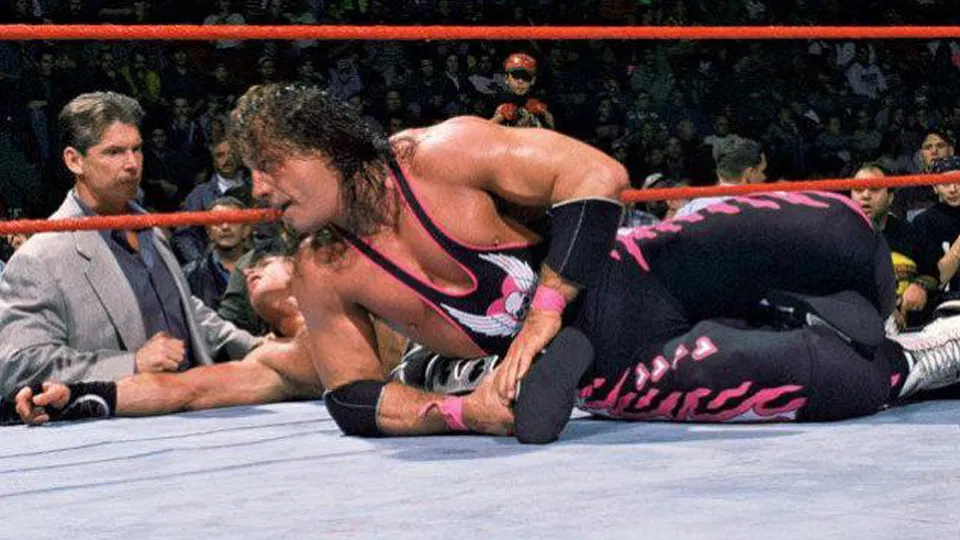
Imagine walking into your workplace, thinking you’re about to have a normal day, and suddenly – your entire career gets nuked from orbit.
That’s exactly what happened to Bret “The Hitman” Hart on November 9, 1997, in what would become the most infamous moment in professional wrestling history.
The backdrop was epic. Bret Hart was WWE’s golden boy, a Canadian wrestling hero who had spent his entire career building an unbreakable relationship with fans.
But the wrestling world was changing. WCW was offering massive contracts, and Hart was set to jump ship. The problem? He was the WWE Champion, and Vince McMahon was NOT about to let him walk away with the title.
What unfolded was an intricate conspiracy that would make Hollywood screenplay writers jealous. McMahon, Shawn Michaels, and referee Earl Hebner concocted a devious plan that would become the stuff of wrestling legend.
During the match at Survivor Series in Montreal, with Hart believing he would lose the title honorably, McMahon pulled off the most shocking swerve in wrestling history.
As Hart applied his signature Sharpshooter submission move to Shawn Michaels, Hebner – under direct orders from McMahon – suddenly rang the bell.
Michaels was declared the winner, despite Hart never submitting. The look of betrayal on Hart’s face was 100% real.
He spat in McMahon’s face, destroyed equipment backstage, and became an instant symbol of a wrestler screwed by the system.
This wasn’t just a match. This was a moment that broke the fourth wall of wrestling, showing fans the brutal backstage politics that truly drove the industry.
2. Hell in a Cell: Mankind vs. Undertaker – The Match That Redefined Human Endurance
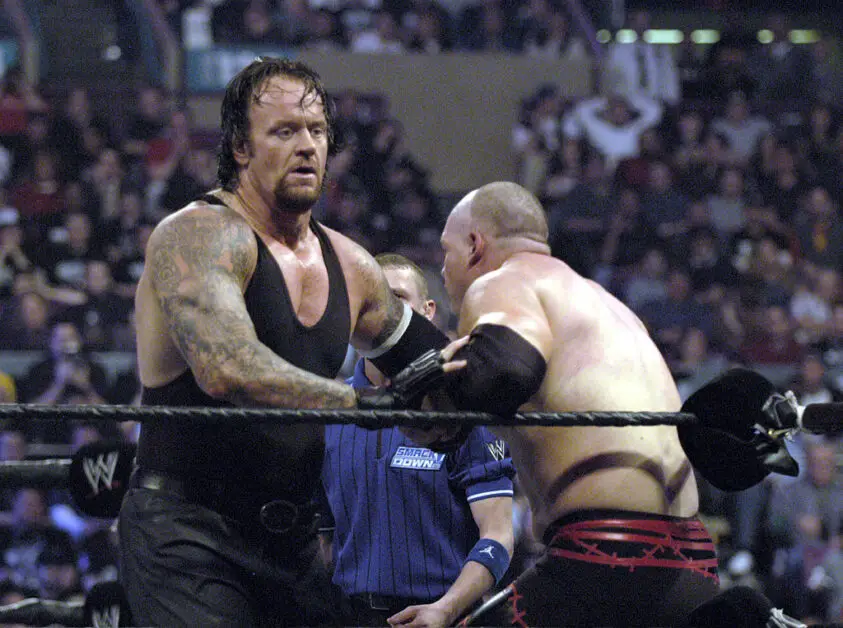
If you thought wrestling was just about choreographed moves, Mick Foley’s legendary Hell in a Cell match against The Undertaker would make you think again.
This wasn’t a match. This was a gladiatorial fight that pushed human limitations to their absolute breaking point.
The year was 1998. King of the Ring. A steel cage that seemed more like a torture device than a wrestling ring.
Mick Foley, wrestling as Mankind, was about to create a moment so insane, so unbelievable, that it would be talked about for generations.
The first fall came early. The Undertaker threw Foley off the top of the 16-foot cell, sending him crashing through an announcer’s table.
Most humans would be done. Most wrestlers would be carried out on a stretcher. Not Mick Foley. He got back up.
But the real horror was yet to come. Thrown through the cell’s roof onto a bed of thumbtacks, Foley continued wrestling. Blood everywhere.
Thumbtacks stuck in his flesh. A human being functioning despite injuries that would hospitalize most people.
Jim Ross’s commentary became legendary. “Good God Almighty! Good God Almighty! They’ve killed him!” Those words captured the absolute shock of what everyone was witnessing.
This wasn’t just a wrestling match. This was a gladiatorial spectacle that redefined what humans could endure.
3. The Curtain Call: When Wrestling’s Biggest Rule Was Shattered
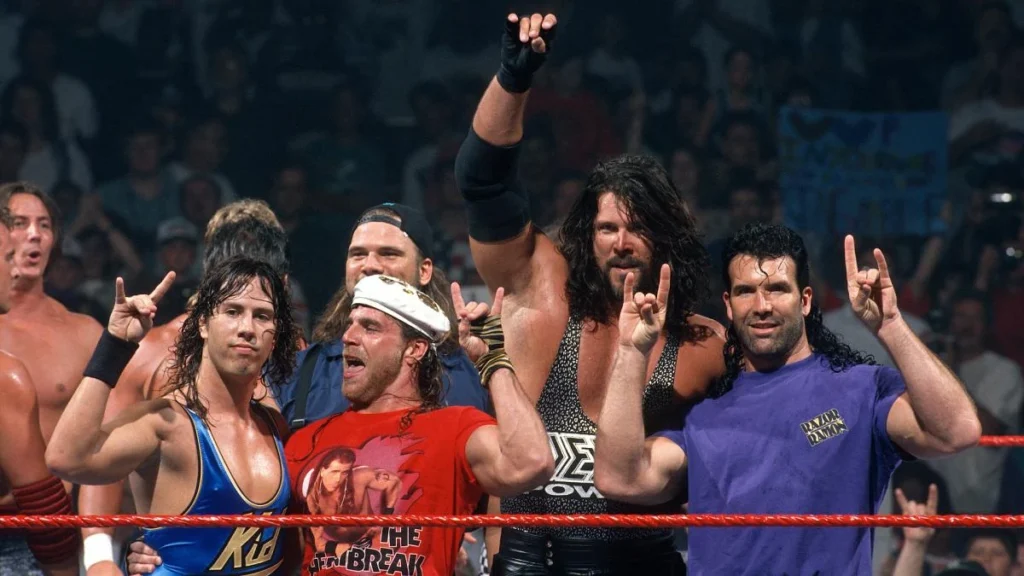
Professional wrestling lives and dies by one unwritten rule: maintain the illusion. Keep kayfabe. Never break character. On May 19, 1996, four wrestlers decided to burn that rule to the ground.
Shawn Michaels, Triple H, Kevin Nash, and Scott Hall – known as the Kliq – were real-life best friends working for WWE. After a match at Madison Square Garden, they did the unthinkable.
They hugged in the ring, completely destroying the carefully constructed narrative that separated their wrestling personas.
This wasn’t just a moment. This was a seismic shift in wrestling culture. Vince McMahon was furious. The punishment was swift and brutal. Triple H, who was on the cusp of a major push, was effectively buried.
He was prevented from winning the King of the Ring tournament – a moment that could have launched his main event career into the stratosphere.
The Curtain Call became more than an incident. It became a symbol of the changing wrestling landscape, where the lines between performance and reality were becoming increasingly blurred.
4. Brock Lesnar vs. Randy Orton: When Scripted Violence Became Too Real
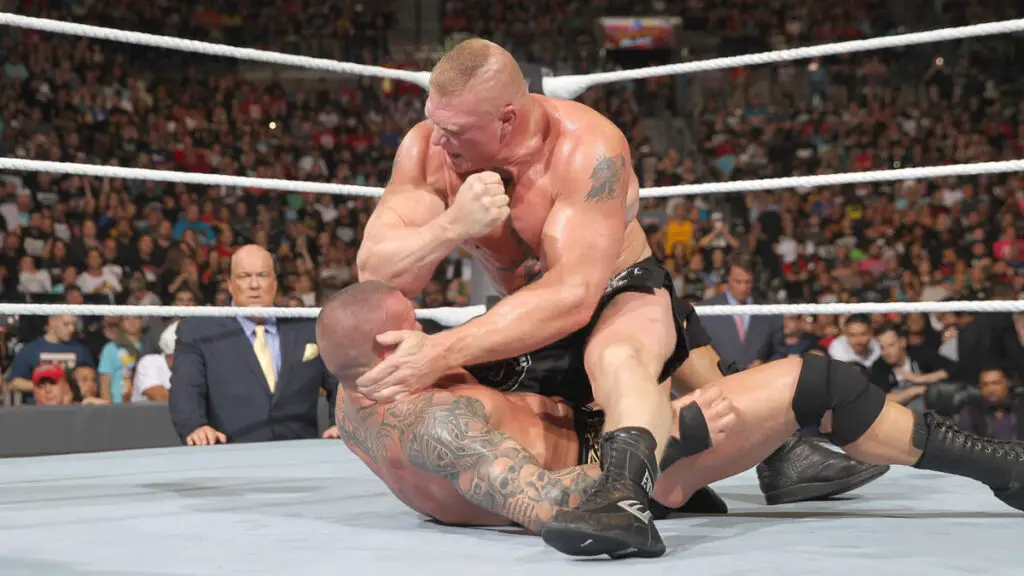
SummerSlam 2016 was supposed to be another typical pay-per-view event. Instead, it became a nightmare that exposed the razor-thin line between controlled performance and genuine violence.
Brock Lesnar, known for his legitimate fighting background, took things too far. Repeatedly striking Randy Orton with unscripted, legitimate elbow hits, Lesnar opened a horrific gash on Orton’s head.
The match quickly transformed from a scripted performance to a genuinely terrifying display of violence.
Blood covered the ring. The medical staff looked genuinely concerned. Fans weren’t sure if they were watching a performance or witnessing an actual assault.
Orton would later require multiple staples to close his wounds – a testament to the brutality of the moment.
This wasn’t just a match. It was a stark reminder of the potential dangers inherent in professional wrestling.
5. CM Punk’s Pipe Bomb: The Promo That Broke Wrestling
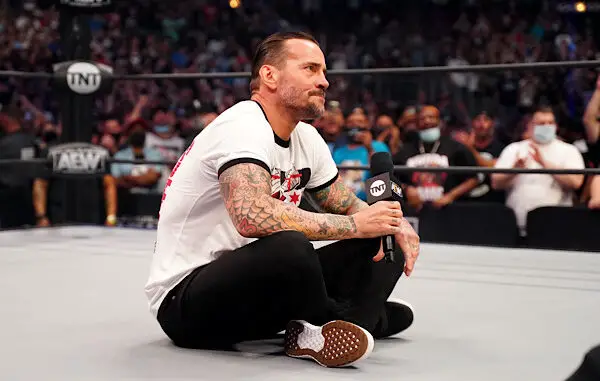
On June 27, 2011, CM Punk did something unprecedented. He didn’t just cut a promo. He detonated a verbal nuclear weapon that would forever change professional wrestling.
Standing in the ring in his hometown of Chicago, Punk began speaking. But this wasn’t a typical wrestling speech.
This was a calculated, brutally honest expose of WWE’s backstage politics. He called out Vince McMahon. He discussed real-life contract negotiations. He blurred every line between scripted performance and reality.
“I’m a wrestler!” Punk proclaimed. “I am the best in the world at what I do. And I’m the best whether you like it or not!”
The promo wasn’t just memorable. It was revolutionary. It challenged everything fans thought they knew about wrestling storytelling.
6. Eddie Guerrero vs. Rey Mysterio: A Storyline of Heartbreak and Brotherhood
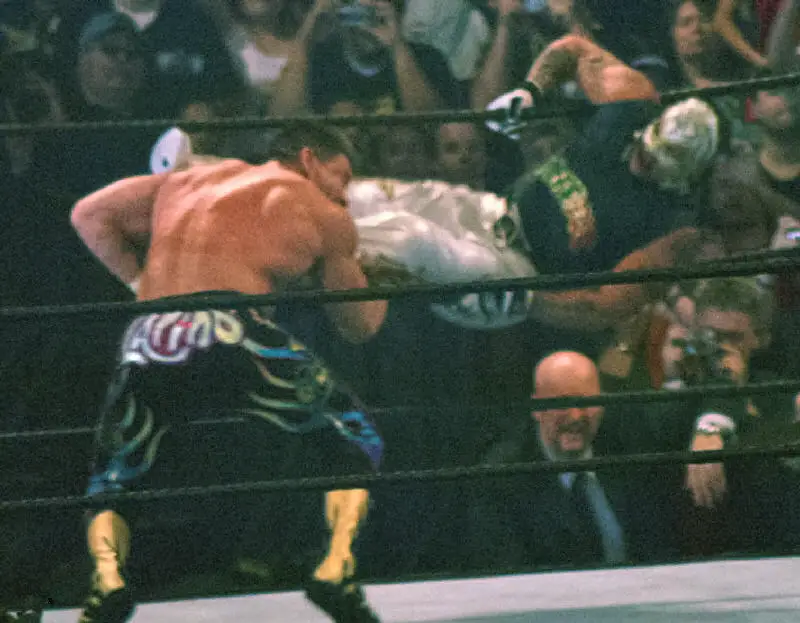
Before tragedy struck, Eddie Guerrero and Rey Mysterio created one of the most emotionally complex storylines in WWE history. Two friends. A custody battle over Mysterio’s son. A narrative that merged real-life friendship with scripted drama.
Their matches weren’t just athletic performances. They were emotional journeys that showed wrestling could be more than just physical combat. They could be deeply personal, nuanced stories of friendship, betrayal, and redemption.
7. The Rock vs. John Cena: When Legends Collided
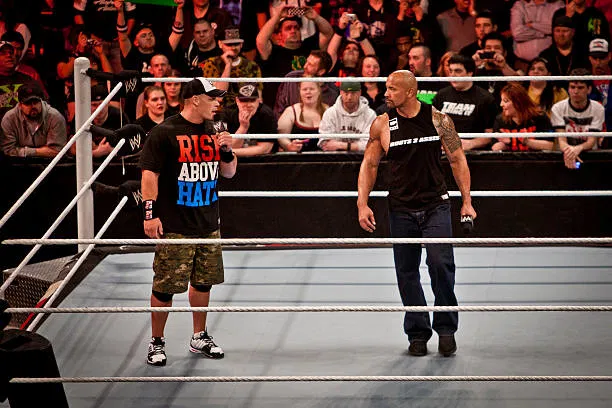
WrestleMania 29 wasn’t just a match. It was a cultural moment. The Rock, a Hollywood megastar, versus John Cena, WWE’s poster boy. Two generations of wrestling royalty collided in an epic battle that transcended the ring.
Their rivalry wasn’t just about winning. It was about legacy. About proving who truly represented the soul of professional wrestling.
Why These Moments Matter: More Than Just Matches
These aren’t just wrestling matches. They’re cultural touchstones. Moments that transformed professional wrestling from a simple staged sport to a complex narrative art form that speaks to our deepest human emotions.
Wrestling is storytelling at its most pure. It’s drama. It’s conflict. It’s human emotion taken to the absolute extreme.
Each of these moments represents something more significant. They show us that wrestling is about more than just moves and matches.
It’s about narratives. About pushing boundaries. About creating moments so incredible, so unbelievable, that they become part of our collective cultural memory.
To all the wrestling fans out there – this is our history. Our culture. Our passion.
Buckle up. The line between fiction and reality? It was never really there, to begin with.
